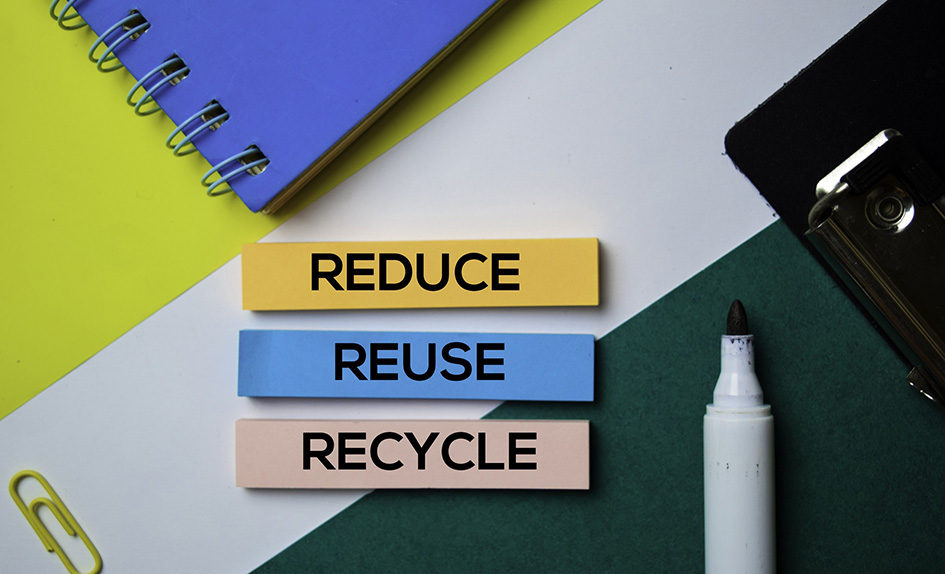The Illinois statute found at 105 ILCS 5/10-20.19c imposes certain requirements on Illinois school districts regarding recycled paper and paper products and solid waste management (“School Recycled Paper and Solid Waste Reduction Law”), with an apparently significant deadline approaching in mid-2020.
Section (a-5) of the statute provides that:
- Each school district must periodically review its procurement procedures and specifications regarding the purchase of products and supplies;
- Those procedures and specifications must be modified to require the school district to seek out products and supplies that contain recycled materials and to ensure that purchased product and supplies are reusable, durable or made from recycled materials, if economically and practically feasible; and
- In selecting products and supplies that contain recycled materials, preference must be given to products and supplies that contain the highest amount of recycled materials and that are consistent with the effective use of the product or supply, if economically and practically feasible.
Section (b) in particular provides that, wherever economically and practically feasible, school boards, all public schools and attendance centers in a school district and their school supply stores shall, beginning July 1, 2020, procure recycled paper and paper products amounting to at least 75% of the total dollar value of paper and paper products purchased. Not included in this amount is all paper purchased for publication of student newspapers, which was required to be printed on recycled newsprint years ago. Earlier benchmarks of 10%, 25% and 50% were to have been met by respectively July 1, 2008, July 1, 2011 and July 1, 2014. In fact, each of these benchmarks are extensions from earlier deadlines ranging from July 1, 1992, to July 1, 2001.
The statute sets out how much-recycled material must be contained in various paper products, Section (d), and defines terms that provide guidance on how schools must proceed regarding use of recycled paper and paper products.
In addition, Section (e-5) imposes requirements on school districts regarding solid waste management in general, providing that:
- Each school district shall periodically review its procedures on solid waste reduction regarding the management of solid waste generated by academic, administrative and other institutional functions;
- Waste reduction procedures must be designed to, when economically and practically feasible, recycle the school district’s waste stream, including landscape waste, computer paper and white office paper;
- School districts are encouraged to have procedures that provide for the investigation of potential markets for other recyclable materials that are present in the school district’s waste stream; and
- The waste reduction procedures must be designed to achieve, before July 1, 2020, at least a 50% reduction in the amount of solid waste that is generated by the school district.
The statute does not include a procedure for its enforcement or what, if any, sanctions can be imposed on a school district that does not comply. The July 1, 2020 date is, however, a deadline the School Recycled Paper and Solid Waste Reduction Law requires must be met by Illinois school districts regarding both use of recycled paper and solid waste reduction.
Conclusion: The School Recycled Paper and Solid Waste Reduction Act were put in place years ago with an admirable environmentally conscious goal in mind. School districts have and will continue to consider steps they will take to ensure that their procurement procedures are consistent with the School Code. As the “renewable energy”, “green new deals”, “carbon neutral” and “LEED-certified” become part of the everyday lexicon, public entities will have increased interest in acknowledging and implementing these initiatives.
